#paperbacks from hell


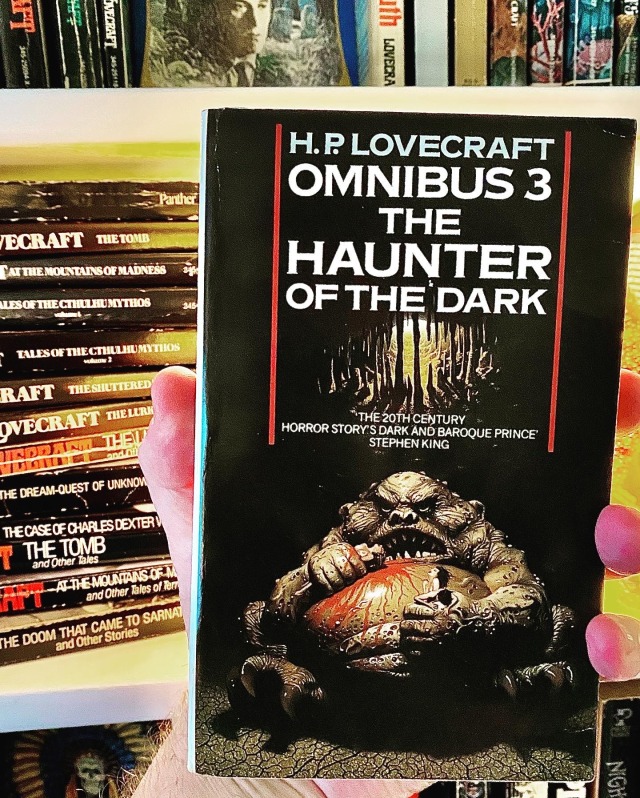

New Lovecrafts for the library! UK paperbacks, 1985, cover art by Tim White

Anthologies of zombie horror stories, 1989 and 1992. Must-haves for any horror library!

1984 British horror paperback

Vampire novel, 1990

1977 novelization of TV-movie ZOLTAN: THE HOUND OF HELL
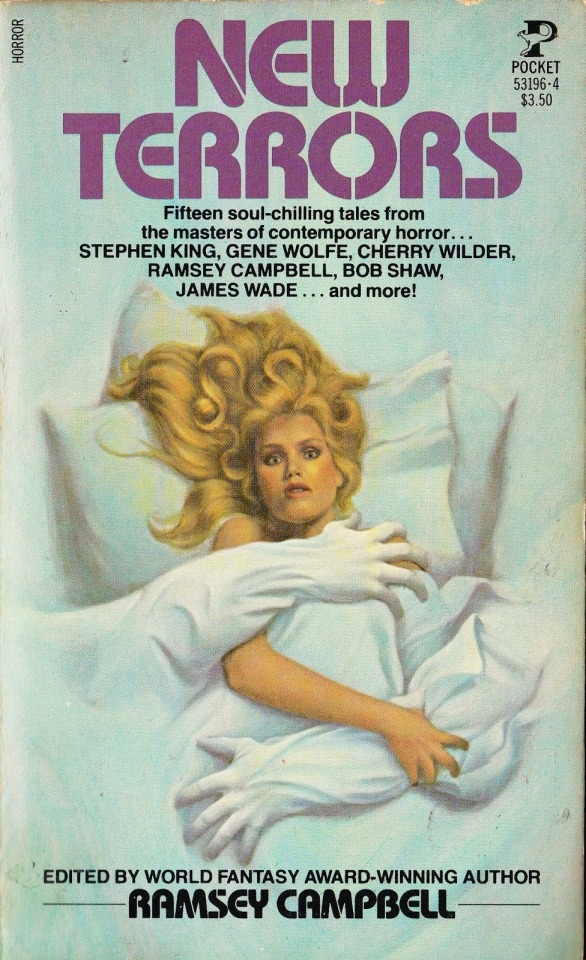

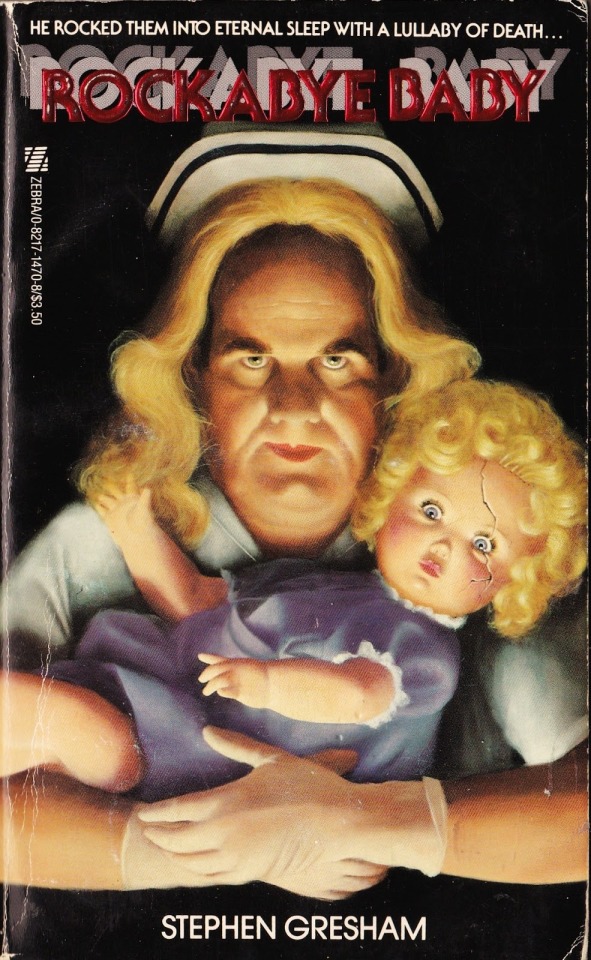






More awesome horror paperbacks published in the 1980s!


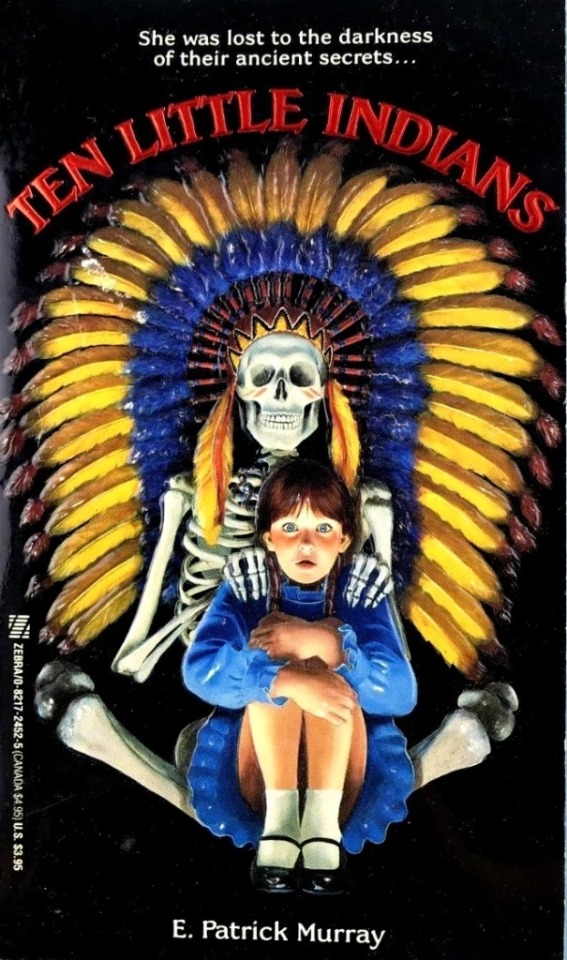




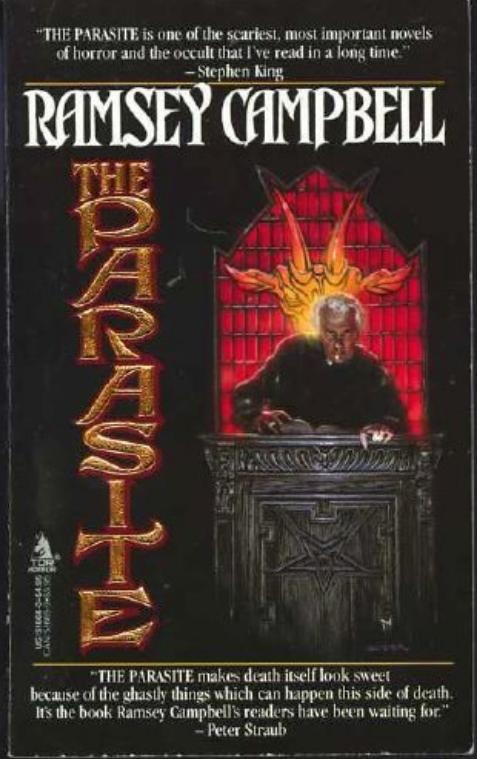

A random assortment of vintage horror paperbacks from the 1970s and ’80s—they don’t make ’em like this anymore!

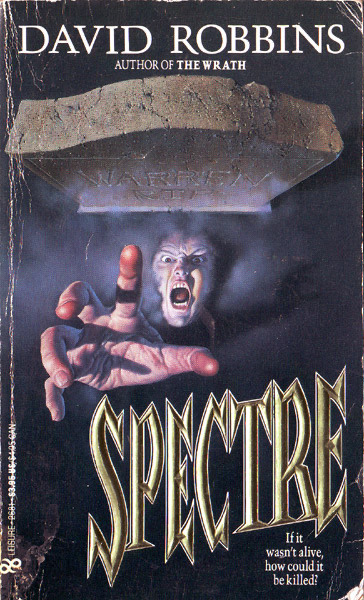
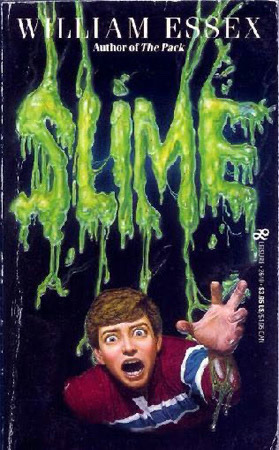






Horror paperbacks published by Leisure Books in the 1980s. They don’t make ’em like this anymore!
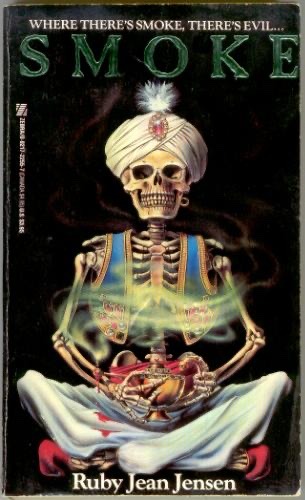








Ruby Jean Jensen horror paperbacks from the 1980s, published by Zebra Books. They don’t make ’em like this anymore!









Early 1990s horror paperbacks published by Dell/Abyss. They don’t make ‘em like this anymore!

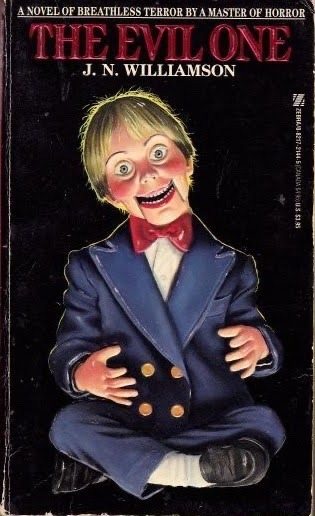


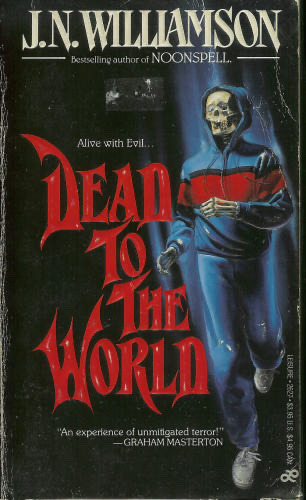




J.N. Williamson horror paperbacks from the 1980s. They don’t make ‘em like this anymore!




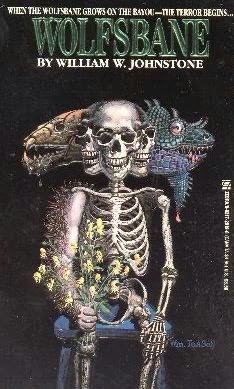

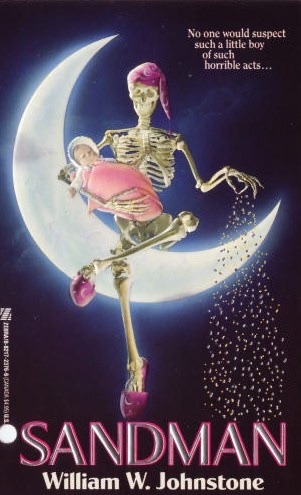


William W. Johnstone horror paperbacks from the 1980s, published by Zebra Books. They don’t make ‘em like this anymore!




“Tricks with fruit, it’s kinda cute…”
More 1980s horror/thriller paperback covers from Zebra Books!

1986 paperback

Latest library add! Cover art by Lisa Falkenstern. 1985 Pocket Books









More 2020 scores!

Shirley Jackson born 12.14.1916

1988 horror paperback, art by William Teason
April Fools features one of the best opening chapters I’ve read in my Point Horror reviews. It flies out of the gate with a very believable and terrifying car accident. I was immediately invested in Belinda’s anxiety around the horrible decisions her friends were making. The rest of the book didn’t quite live up to the promise of this scene, but it was still an enjoyable read. I didn’t predict the ending, so kudos to Cusick for that. I thought for sure I had figured it all out. For most of the book, I was struck by how badly Belinda needed to find better friends. Hildy and Frank sucked on a deep and fundamental level. This was by design and a part of the story arc, but I still think Cusick was way too kind to them. I wish the book had spent less time on pranks and fake scares, even though that was very much in line with the theme and title. What April Fools really needed was higher stakes, more dire consequences, and a better fleshed-out villain than the one we got at the end. I think it would have benefitted from being less of a mystery and more of a true horror story. The book bears some obvious comparisons to I Know What You Did Last Summer, but it was not a rip-off by any means. April Fools is my least favorite of Cusick’s books that I have read (see The LockerandTrick or Treat) but I still had fun with it.
Score: 3
And if you want a deep-dive, snark-filled, recap review with spoilers, gifs, and meme, head on over to my website blog Fits of Nostalgia.
Post link
I had initially planned on skipping The Surprise Party and just sticking to the paranormal-themed Fear Street books for reading, but I changed my mind. I’m gonna read them, even if it won’t be in order. I thought The Surprise Party was really good. It was certainly would have made for a better launch to the series than The New Girl had been. I would consider it more of a crime thriller than a horror story, but it kept me engaged and guessing right up until the end. There was a large cast of characters, but Stine did a good job at making them feel distinct and believable. I appreciated the complexity and layering of the plot, as well as the themes of guilt and trauma. The ultimate villain had a clear and disturbing motive, which is often not the case with these books. All of this made some of the more convoluted parts forgivable. There were definitely a few moments where certain characters made choices that did not add up, even after the big mystery was resolved. I also liked how the early books in this series had lots of character crossover. Even though I hated The New Girl, I liked the sense of all these isolated mysteries happening around one another. The books definitely didn’t maintain too much of this beyond the early entries. All of this is to say that The Surprise Party surprised me. I enjoyed reading it, and I thought it was one of the better Fear Street books I’ve read.
Score: 4
For my snark-filled, spoiler-laced, deep-dive review; check out my blog.
Post link
The Midnight Club marks the first time I’ve cried while reading a Christopher Pike book. I was expecting it to be sad based on the premise, but I didn’t expect to be so moved by it. It reminded me of the best parts of Road to Nowhere. The whole concept of Rotterham House seemed a bit fantastical, but not in a bad way. It was fantastical in a way that elevated the story and fit the underlying spiritual themes. I am sure similar places exist, but I don’t think they’re in castles by the sea where dying teenagers live apart from their families. I’m hardly familiar enough with hospice care for young people to know one way or the other, but I don’t think it matters in the context of this story. Ilonka was a strong central character in a cast of strong characters. I appreciated the journey she was on. The spiritual elements of the book had a similar ring to what Pike espoused in Remember Me 2, but this time they were far more subtle. Where the latter was sanctimonious and preachy, The Midnight Club felt understated and inviting. The stories that the kids told each other at their midnight meetings by the fireplace spoke to the various ways each of them was confronting death. Pike has a reputation for writing some pretty twisted shit, and I honestly love that about his books. That’s why I was genuinely surprised by the sweet moments in this one. I bumped this up on my list because of the coming Mike Flanagan adaptation, and I’m glad that I did. I’m excited to see what one of my favorite directors does with one of my now-favorite author’s books.
Score: 5
And if you want a deep-dive, snark-filled, recap review with spoiles, gifs, and meme, head on over to my website blog: https://www.danstalter.com/the-midnight-club/
Post link
Dream Date was stronger in concept than it was in execution. I really liked the ideas that Sinclair Smith was playing with here. There were some genuinely creepy moments, and there was even an example of a good boyfriend. That’s a rare find in these books. Katie’s journey was relatable for me, and I could see that being the case for a lot of teenagers. I was once painfully shy myself. That being said, Katie was quite bland for the main character. I wish she had a hobby or something that she felt passionate about. Heath felt like he was based on an awful person that the author knew. He had more than a few moments where he made my skin crawl; reminded me at times of Killgrave in Jessica Jones at the best of them. I wish he had been a bit more dynamic, but he still worked well as a villain. I also really wanted the dream space to be more imaginative. It was a missed opportunity to get surreal, which could have given this book a sense of atmosphere. I’m also not the biggest fan of third-person narration with tons of italic first-person thoughts, but that could just be me. The ending worked aside from one minor contrivance I’ll save for below the jump. I didn’t love it, but it worked. Dream Date may have over-promised with its ideas and under-delivered with the details, but it was still an enjoyable read.
Score: 3
For my snark-filled, spoiler-laced, deep-dive review; check out my blog.
Post link
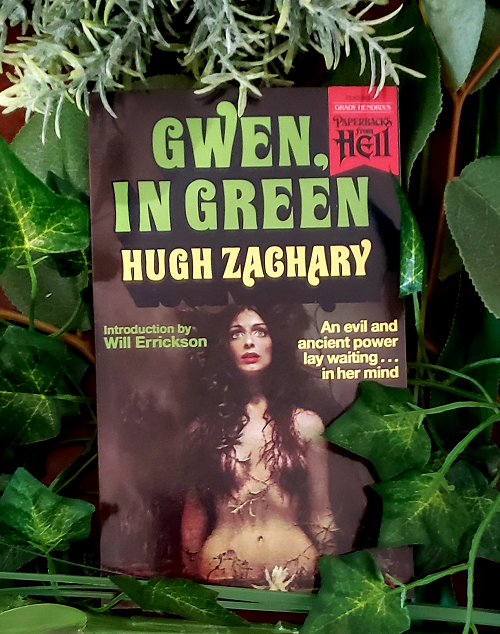
She understood all of it now. Since the clearing operation had been completed, bringing a temporary lull in the mass pain, she’d had time to stand in the edge of the shallow water and communicate. She was more and more a part of it. She was able to submerge herself in it and know true peace. But when the canal digging began she screamed aloud, the sound piercing the unpeopled woodlands and startling birds and a curious squirrel.
She watched them from the island. They were far across the marsh. There was no way to reach them and inflict pain in return. There was only suffering. And suffering could be momentarily eased in only one way. She drove down the island to the pier, saw some of her former friends, and issued invitations: It began again and, her soul hungering for release, bloomed quickly into what ordinary people would have considered a bull market in promiscuity. However, she was no ordinary person. To her had been revealed a Utopia, a heaven of coexistence. That communication was mostly one-way was a problem. She could not explain. And unable to explain, she soon lost the conviction of her own knowledge and shared the incomprehension. It was incredible that such pain could be doled out in such mass quantities. Yet it continued.
Gwen in Green by Hugh Zachary is a sexy revived eco-horror pulp paperback beget from the brutal transformation of 1,200 acres due to construction of the Brunswick Nuclear Plant in North Carolina during the early 1970s.
Its title character twenty-seven-year-old Gwen Ferrier in childhood exposed to her mother’s colorful sex life along with being bullied for it develops a lot of negative feelings around sex. Yet in adulthood she’s managed somewhat decent conjugal relations over the seven years of marriage to her husband George. That is until moving into the couple’s new secluded home on a marshy woodland island begins an obsession with vegetation. At the loss of one of their dogs, knowledge to include the variety of poisonous plants along with fungi. (Sort of a spoiler… but deadly poisoning by the iconic Fly Agaric for humans is exceptionally rare.) Surrounded by Venus fly traps (which btw you should not feed hamburger), experiencing violently grisly nightmares and connection to a peculiar life force drive not only Gwen’s demand for overwhelming sex but, weaponize it towards revenge on behalf of all things green.
This novel among a large list of its author’s works personifies not just nature but a decade. Springing off the likes of plant experiments by Cleve Backster, accompanied by lush descriptions of Carolina barrier island ecology, a perfect setting in summer for lots of bare skin shedding of hotpants and swimwear, downing lots of alcohol in days that loved the double entendre of cocktails like the Slow Screw, all set to tracks such as the Don Ellis orchestra Turkish Delight. Celebrating the period too, the introduction by vintage horror enthusiast Will Errickson refers to some of the defining erotic films of the time. Among these Emmanuellea French art house softcore porn offering out the same year as Gwen in Green. If one is familiar this reference might allude to Gwen’s powerful sexuality and also mentioned journey of increasingly illicit sexual acts. Though Errickson does little to specify, I feel advising that young characters in sexual situations is also something Gwen in Green has in common with the novel version ofEmmanuelle. Though the latter makes a treatise out of it instead of some juvenile fantasy lived out on a page. Such writing tends to make me long for a stiff drink though. Oh, and there’s stiffs to hide and turn up too, not to be forgotten this is a horror tale.
Further many of the supporting characters in thought or deed are blazingly racist and sexist. Reflecting on the characters instead of the author though it may, it’s still something to wade through. Readers might pick out a rebuke or view characters in an unfavorable light as fate darkens. Revenge thrillers take mood. Still, I disagree about all the so dated “momentary offenses” being “mild” or merely “uncomfortable notions”. I fail to see at least how an argument of writing for an often-uncritical mass audience somehow requisites certain cultural references— because there is still choice supposedly among many possibilities. There is also space to work in between challenging the status quo and strengthening it. Plenty of new and older books do reach the heights of bestsellers and literary canon uncritically imbued with the anxieties, attractions, and ails of society. But context helps one understand the why, not a fact to minimize or handwave in defense.
Pulpy and vintage Gwen in Green may be, but a story that still cries out in part because environmental issues and knowledge have only grown since it was written. Gwen as well an example of a potent archetype the like that mainstream pop culture still seems unsure what to do with. Even so, it is a shame that such an vivid novel wasn’t weeded through a bit so to speak. Otherwise, it would be a true classic of eco-horror, and much more readable near half a century later.
Gwen in Green by Hugh Zachary is available in print and digital with a new edition including the original cover painting by George Ziel from Valancourt Books




